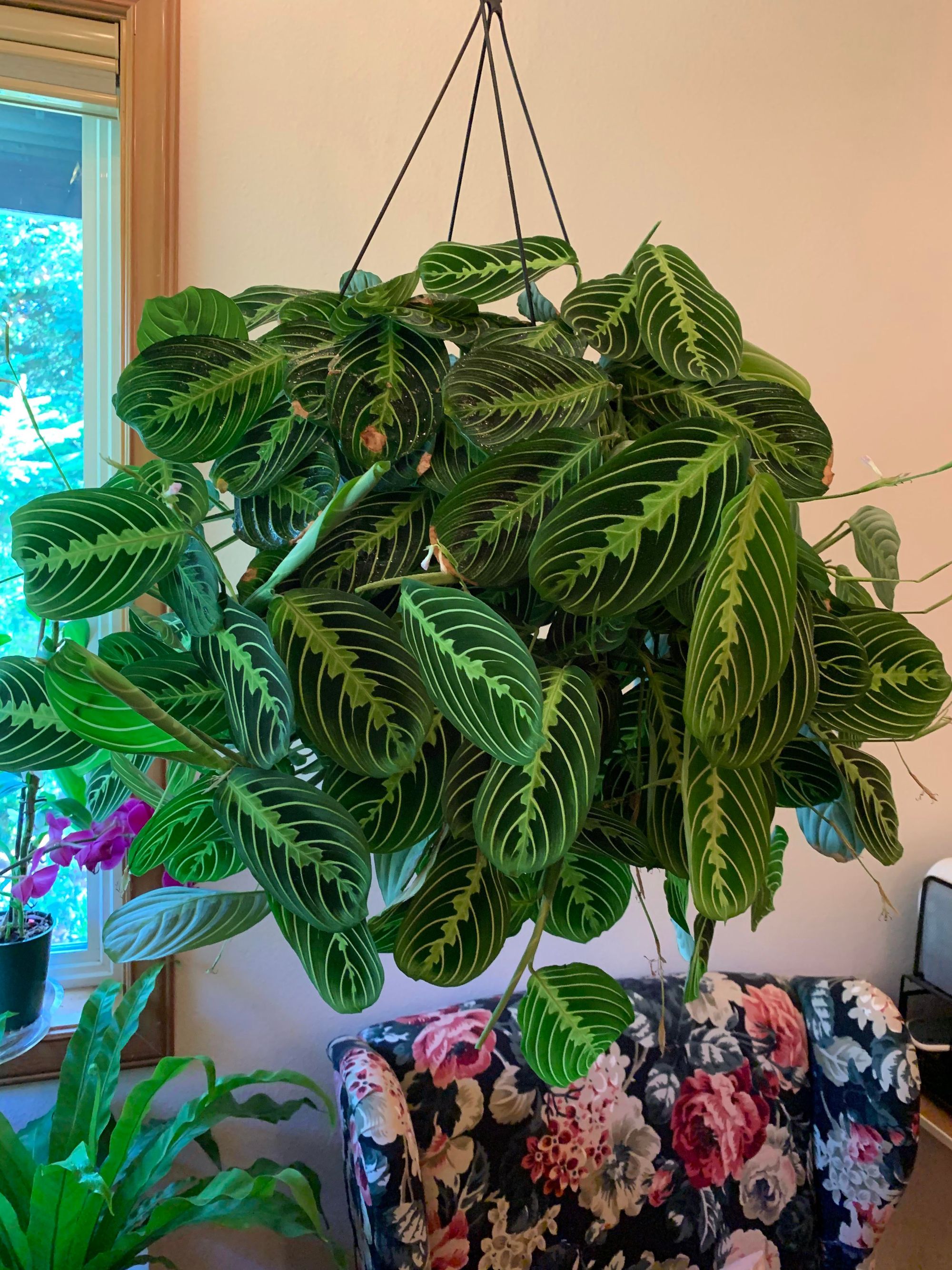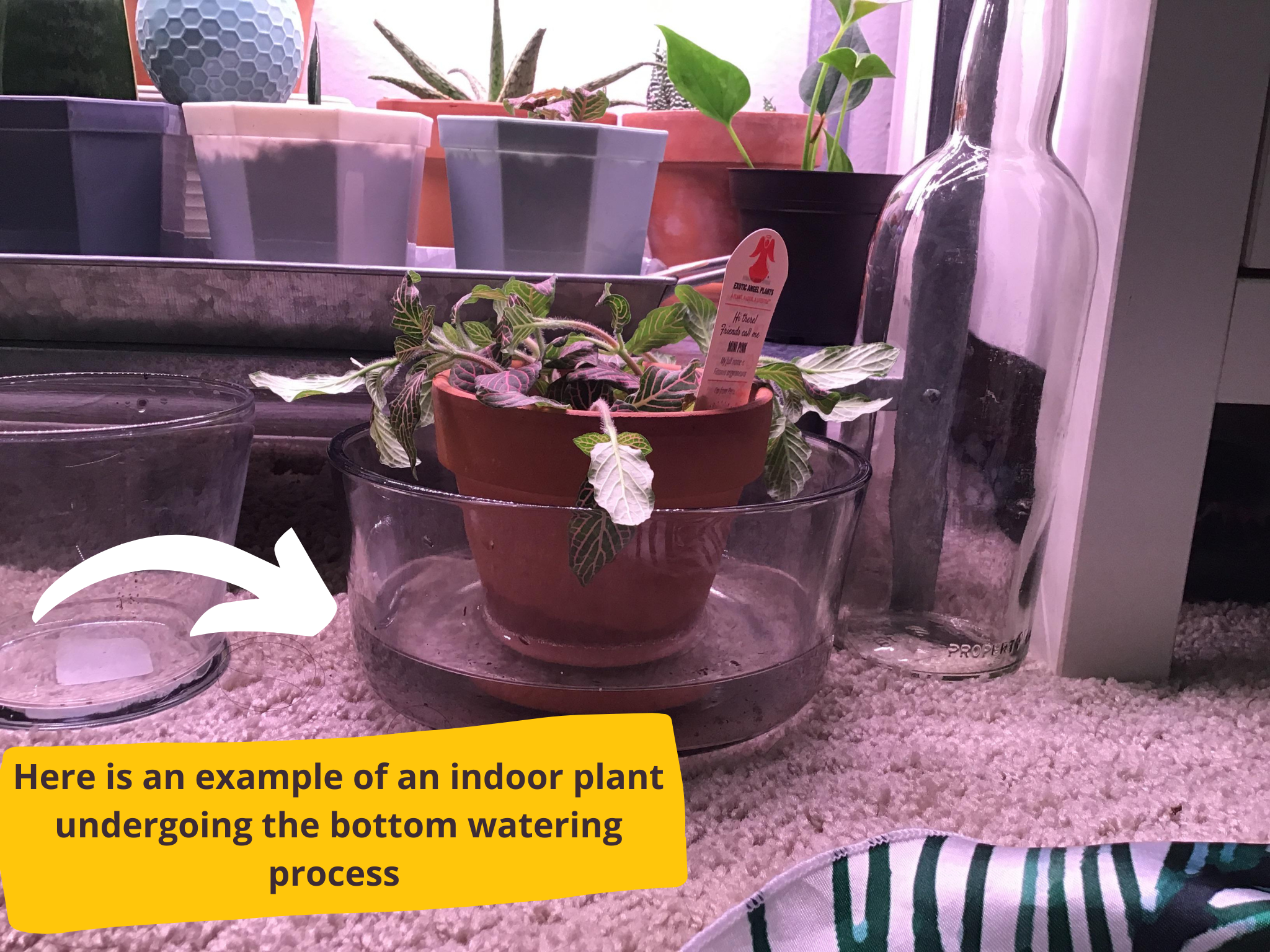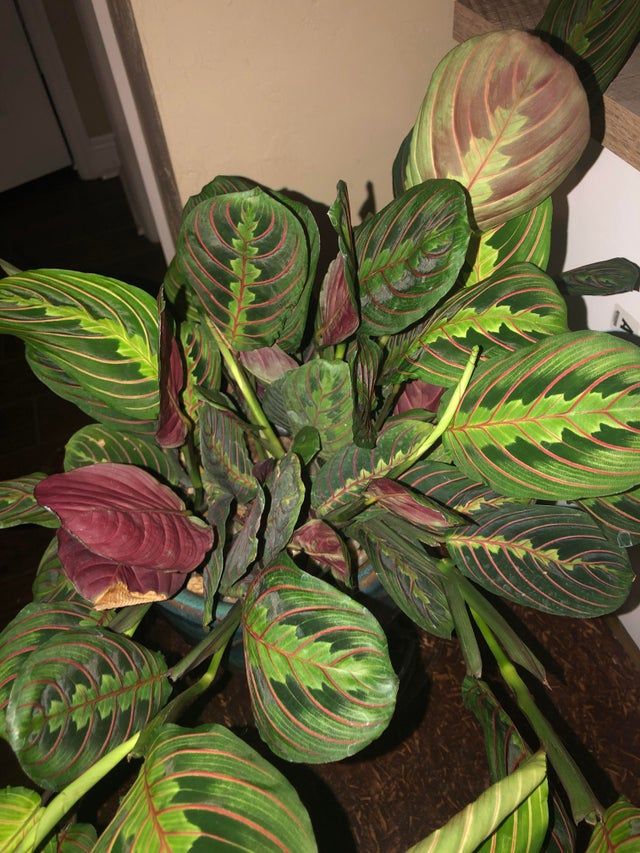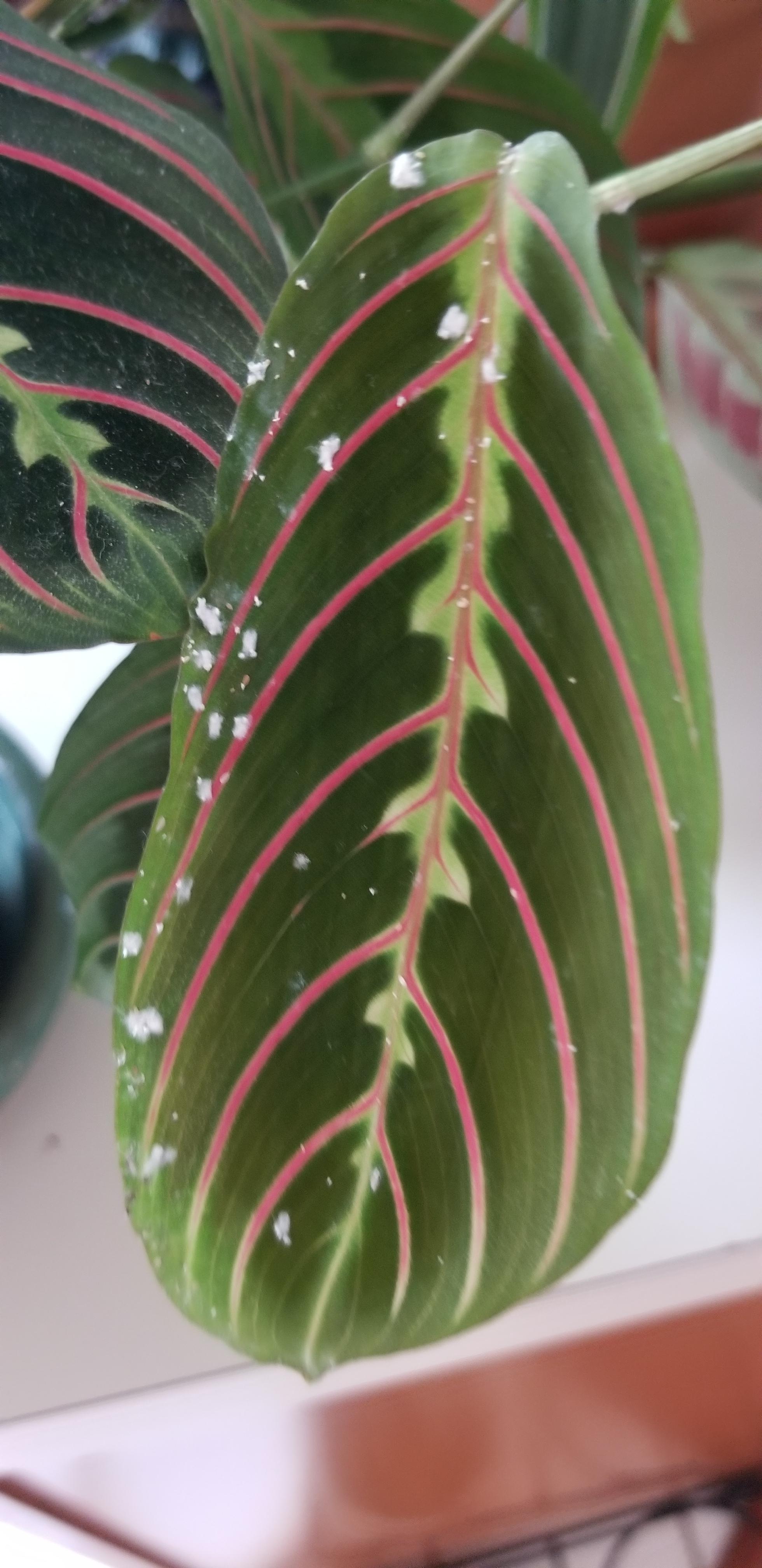Troubleshooting: Common Prayer Plant Problems (Maranta Leuconeura)

The Maranta Leuconeura plant earned the name "Prayer Plant." from its unique leaves that fold up at night like praying hands. This attractive plant is one of the most impressive houseplants to have in an indoor garden. The plant can reach heights of up to 2 feet and it features striking variegated leaves with white flowers. With adequate care, Prayer Plants can survive indoors for several years.
Like many plants, If the Prayer Plant has some kind of problem, the leaves will be the first indicator that shows you something might be wrong with it. The leaves may exhibit color changes such as paling colors, yellowing, or browned leaves. Similarly, the texture can feel dry or soggy.
The symptoms and what they could mean is the first step in troubleshooting any issues that your Prayer Plant might be having. In this article, we will highlight some of the common problems, their likely causes, and how you can solve them if your plant is experiencing any of the symptoms.
Drooping and Wilting Leaves

The leaves of a healthy Prayer Plant should appear flat and firm at all times. If the leaves are curly or droopy, then something might be wrong with the plant. This behavior is particularly significant since the Prayer Plant’s leaves tend to move in response to the level of light it gets.
If the leaves of a Prayer Plant appear droopy, it could be one of many things! Some plant parents experienced droopy leaves because they were using tap water (some plants are sensitive to the microamounts of fluoride we have in our tap water) and they fixed it by filtering the water before feeding it to the plant.
Other plant parents were able to fix droopy leaves on their pray plant by bottom watering, instead of watering from the top.
For the uninitiated, bottom watering is a way to water potted plants. The plant is placed in a tray or container of water and the water is absorbed by the plant through the holes in the bottom of the pot.

Bottom watering provides an even moisture distribution throughout the entire soil mass. Top watering(regular watering) might result in dry areas, but this isn't a problem when water is absorbed gradually from the bottom. You may rest confident that your plants are getting enough water.
Bottom watering also helps to prevent overwatering and underwatering. This is why it's suggested for prayer plants with droopy leaves.
As you can see, any one of the issues mentioned above could be causing droopy leaves on your prayer plant. To diagnose the exact cause, feel the potting soil to see how dry it is. Water the soil thoroughly if it is dry and the plant should return to its normal form within a few days.
However, if low humidity is the issue, you can make changes to adjust the humidity in your grow room accordingly.

Brown and Soft leaves
If the leaves of your Prayer Plant turn brown and the plant’s stem feels limp and soft, it is mostly an indication of overwatering. The leaves will turn yellow at first, then change to a brownish color over time.
It’s more difficult to care for an overwatered plant than an underwatered one. However, if this happens, the first thing to do is to remove excess water in the soil and try to aerate it. In some cases, the plant may need to be repotted entirely. If the root is already affected by rot, you’ll have to prune them off before moving the plant to the new container with dry soil.
Dry, Brown Leaves
If the leaves of your Prayer Plant appear dry and crispy, it is an indication that the plant is growing in less than ideal conditions. The problem usually begins in the form of dry patches at the edges of the leaves, then it gradually spreads towards the center of the leaves until it is entirely withered.
Dry brown leaves on a Prayer Plant show the plant is not getting sufficient humidity. It could also be a result of exposure to excessive sunlight or a build-up of excess minerals in the soil.
To fix this problem, start by checking the humidity level in your home. You can use a hygrometer for this purpose. You should also check the sun exposure and ensure that the plant isn’t getting excess sunlight. If both of these have been ruled out, then a buildup of minerals in the soil could be the issue. This is a common occurrence when tap water is used to water the plant. Tap water contains several minerals and chemicals which are not quite beneficial to plants. Instead of tap water, use rainwater or distilled water instead to avoid leaf tip burn.
Leaves Turning Yellow

Yellowing leaves are a fairly common occurrence in Prayer plants. It could have completely natural causes. But it could also indicate that something is wrong with your plant. Prayer Plants go through a natural cycle of leave shedding to get rid of old leaves and allow new growth to sprout. This scenario is usually characterized by the yellowing of the leaves near the base of the plant while the rest of the plant remains healthy with significant growth of new leaves.
Another likely cause of yellowing leaves is overwatering or nutrient deficiency. Once you have ruled out natural causes like leaf shedding, you should check the soil to see if it feels soggy or damp. Heavy poting is another indicator of excess water in the soil. If moisture is the problem, leave the soil to dry properly before watering again or changing the soil mix.
Here are some steps you can take to help your plant recover:
- Adjust the lighting: Prayer plants prefer indirect or filtered light, so if your plant is getting too much direct sunlight, this could be the cause of the yellow leaves. Try moving the plant to a location with indirect light or use a sheer curtain to filter the sunlight.
- Increase humidity: Prayer plants prefer high humidity, so if the air in your home is dry, this could be causing the yellowing leaves. To increase humidity, you can mist the leaves with water or use a humidifier.
- Check your watering schedule: Over-watering can also cause yellowing leaves. Make sure to allow the soil to dry out between watering and only water the plant when the top inch of soil is dry.
- Remove any affected leaves: If some of the leaves are already yellow, you can gently remove them by snipping them off at the base of the plant. This will help the plant direct its energy towards healthy growth.
Spots on the Leaves

The presence of white, yellow, or brown spots on the leaves of your Prayer Plant could indicate an issue with the plant. The common culprits, in this case, are insect pests such as mealybugs or spider mites. In fact, the spots you see might even be insects hiding out on the plant. They may also cause damage in the form of brown or yellow spots due to their feeding activities.
Infections can also cause spots on the leaves of Prayer Plants. If the spots are yellow, with a sort of halo around them, you might be dealing with a fungal disease. Fungal infections are usually bigger than insect damage.
Spraying your plant with neem oil is the most common recommendation to get rid of insect pests. It is easy to use and very effective for dealing with various pest problems. If the problem is a fungal infection, you need to get a fungicide formulated for houseplants.
Leggy Plants
Plants are said to be leggy or etiolated if the stems are long but with only a few leaves, giving the plant a sparse and unhealthy appearance. Your Prayer Plant is likely to get leggy if it isn’t getting sufficient sunlight. The long stem is simply your plant’s way to get as close to the light source as it can get.
The solution is to ensure that your plant is getting more light. You can change its current location to a more sunny window or supplement with a grow light if moving it to a brighter window isn't possible. If the appearance of the leggy stem bothers you, you can prune it off and propagate a new one with the cutting.
Conclusion
Paying close attention to the Prayer Plant’s foliage is the best way to tell when there’s a problem with the plant. You should take your time to assess all the options before diagnosing the problem. This way you can know the right changes to make to remedy the situation and fix your plant up.